Best Way to Get Rid of Weeds: Preventing or Killing?
Spraying and pulling weeds is hard work and sprays can harm your plants. The easiest way to stop weeds is to prevent them from growing in the first place.
Weeds come in many forms. Some pop up and die in a single season, some come back from their own roots year after year, and some grow into long-lived trees.
Knowing which kind of weed you have is important because that holds the key to controlling it. Even if you don’t know a weed by name, knowing which life cycle category it’s in can determine the best solution.
Weeds fall into five basic life cycle categories:
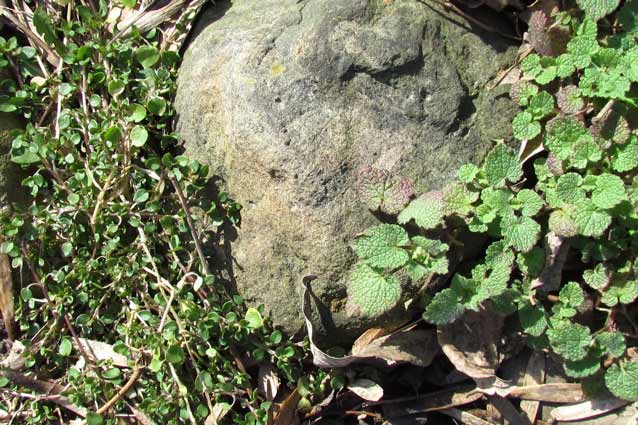
Common chickweed (stellaria media) and henbit (Lamium amplexicaule)
These weeds germinate from seed in the cool soil of fall and early winter, then grow and flower early the following year. After dropping their mature seeds, they die.
Examples are common chickweed, hairy bittercress, henbit and its close cousin, purple deadnettle, shepherd's purse, speedwell, and annual bluegrass. Winter annual weeds are most noticeable at the end of winter into early spring when they seem to appear out of nowhere. Groundsel is a winter annual, germinating in late fall through early spring, but also may germinate through summer or fall in shade.
Step one in controlling winter annual weeds is preventing these weeds from producing new seed that will lead to repeated and worsening infestations.
That can be done by removing the weeds by hand or killing the weeds with a liquid or granular herbicide. It’s also possible to interrupt seeding by repeated mowing or weed-whacking.
Step two is applying a granular weed preventer to stop any weed seeds already in the ground from sprouting next fall. Preen Extended Control Weed Preventer can be applied in landscape beds to prevent winter annual weeds such as common chickweed, hairy bittercress, henbit and more from germinating. The best timing to prevent winter annual weeds is late summer to early fall – just before winter annuals start germinating. Mulch also helps keep new annual weeds from sprouting in garden beds. Do not use Preen Extended Control Weed Preventer in the lawn.
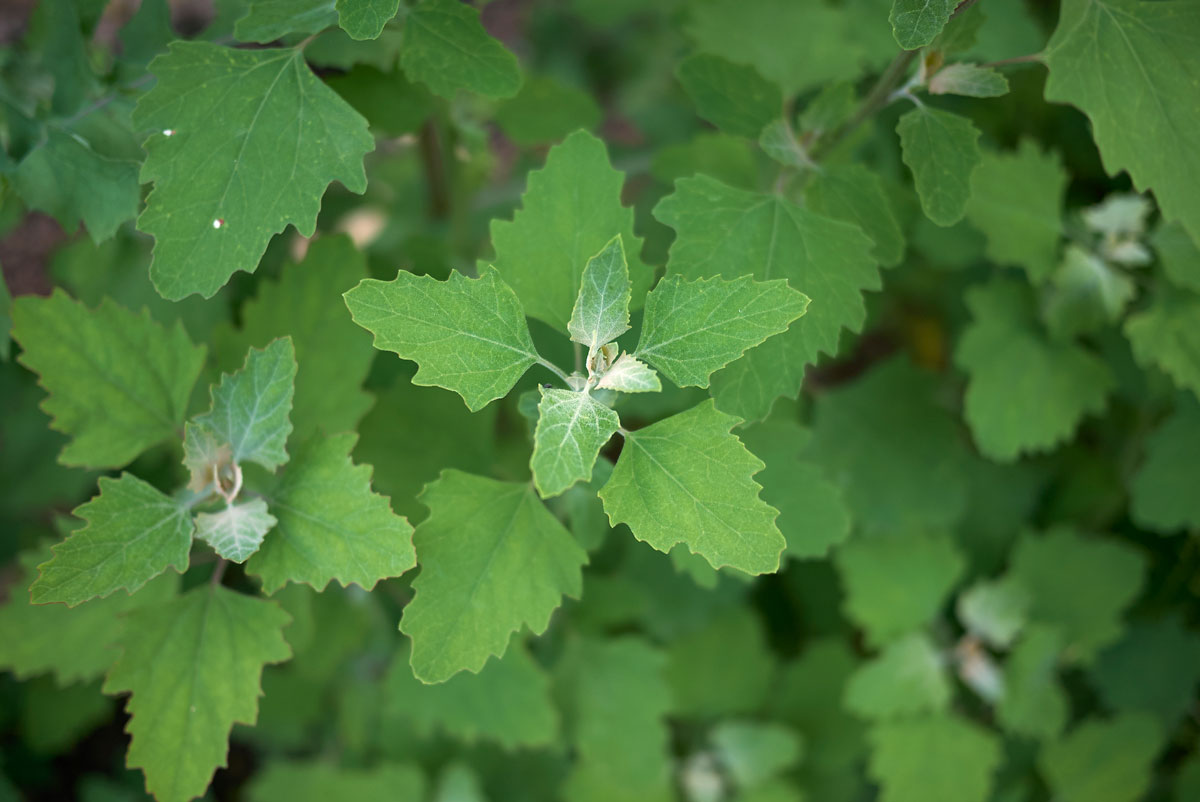
Lambsquarters (chenopodium album). seven75 / iStock / Getty Images Plus
Like winter annual weeds, summer annuals are weeds that sprout, flower, seed, and die all in one year. The difference is that these weeds germinate in the spring or early summer and grow all summer before dying in fall, usually when frost arrives. Seeds dropped by summer annuals sit dormant in the soil over winter before germinating the following spring or early summer.
Common summer annual weeds include crabgrass, foxtail, marestail, purslane, pigweed, lambsquarters, spotted spurge, black medic, and yellow woodsorrel.
As with winter annuals, the solution to summer annual weeds is removing, killing, mowing, or weed-whacking existing plants, then using mulch and/or Preen Extended Control Weed Preventer to stop new weeds from growing. However, in this case the timing for Preen is spring – just before summer-annual weed seeds germinate.
When applied twice a year (spring and late summer to early fall), Preen Extended Control Weed Preventer gives season-long protection against more than 125 kinds of weeds.
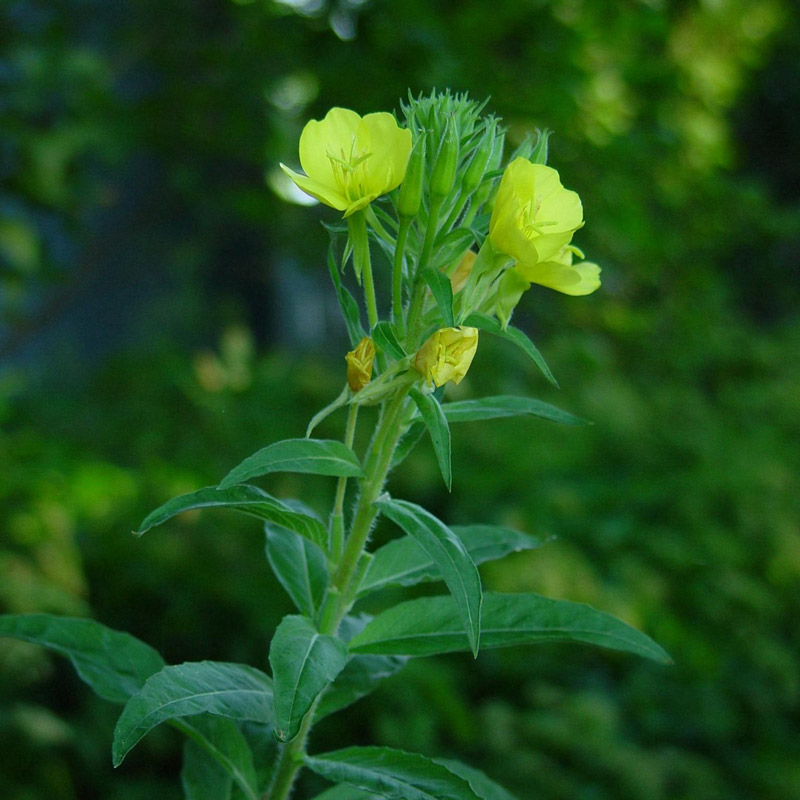
Evening primrose (oenothera biennis). Photo by Dan Tenaglia, courtesy www.xidservices.com
Biennials are weeds that have a two-year life cycle. These sprout from seed and grow leaves in the first year, then overwinter to flower, drop seed, and die in the second year.
Examples of biennial weeds are bull thistle, evening primrose, prickly lettuce, wild carrot, knapweed, burdock, teasel, garlic mustard, and mullein.
Most new biennial weeds can be prevented using a post-emergent herbicide, such as Preen Extended Control Weed Preventer, that prevents annual weeds (check to make sure the weeds you have are listed on the product label). However, once a biennial has sprouted, it’ll have to be dug out or treated with an herbicide. While weed preventers stop the growth of new weeds, they don’t kill existing ones.
Herbicides can be used to kill biennial weeds when they’re actively growing. Spring or fall is best.
As with annual weeds, biennials should be dug, killed, mowed, or weed-whacked often enough to prevent them from producing mature seeds in their second year. When second-year plants die at season’s end, that usually ends the plant’s life cycle.
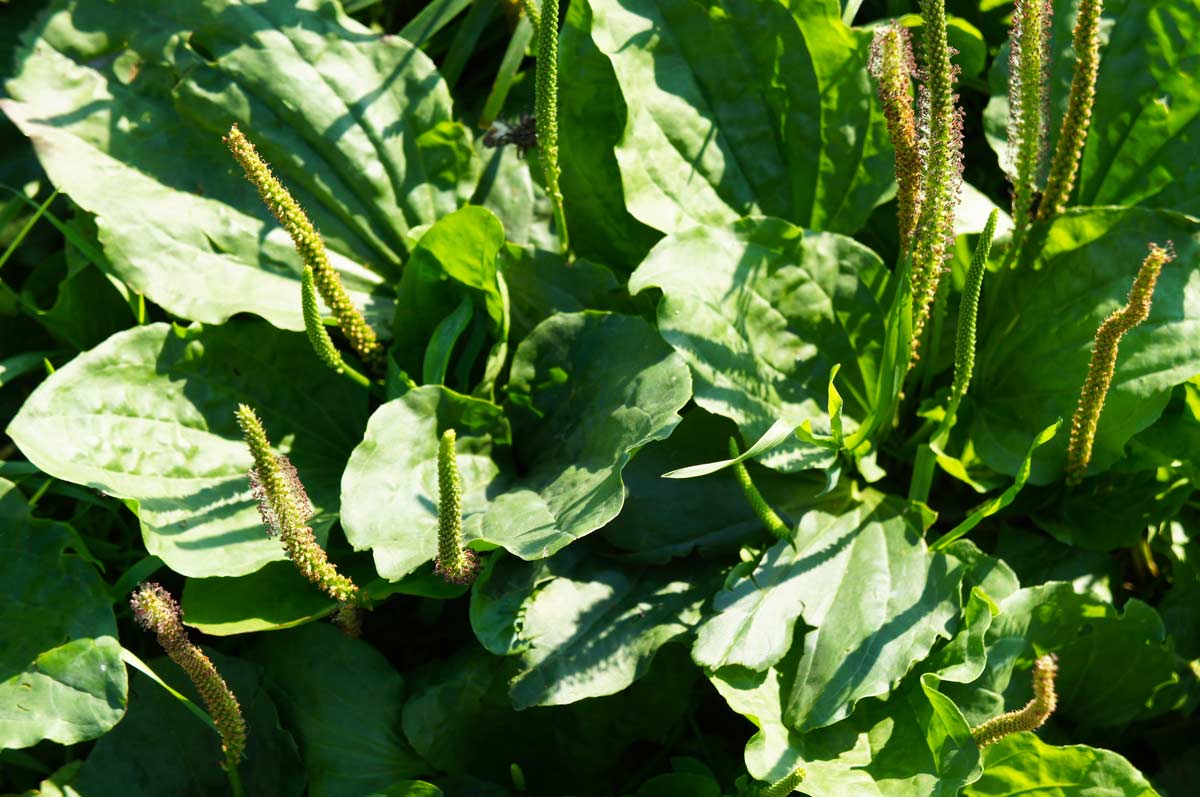
Broadleaf plantain (plantago major). skymoon13 / iStock / Getty Images Plus
Perennial weeds are ones that live at least three years and grow year after year from the same roots. Although most are leafy plants that die to the ground at fall frost, a few perennial weeds stay green throughout winter.
Some of the most common perennial weeds are dandelion, broadleaf plantain, chicory, curly dock, hawkweed, mugwort, wild strawberry, Canada thistle, birdsfoot trefoil, bindweed, and white clover.
Control of perennial weeds is similar to biennials – existing plants have to be eradicated by pulling or spraying with a post-emergent herbicide, but many new perennial weeds can be prevented by two applications per year of Preen Extended Control Weed Preventer (check to make sure the weeds you have are listed on the product label). Most new perennials sprout from seed in spring or early summer, but a few germinate in fall as well.
What’s different about perennials is that many of them spread by runners or expanding roots in addition to seeds, so it’s important to eliminate them by careful digging or with herbicide treatment. If you leave root pieces behind in the soil, fail to dig or kill whole clumps, or try to mow or weed-whack perennials, they’ll often just push up new growth.
Repeated digging or repeat herbicide treatments might be needed to control some of the toughest perennial weeds.
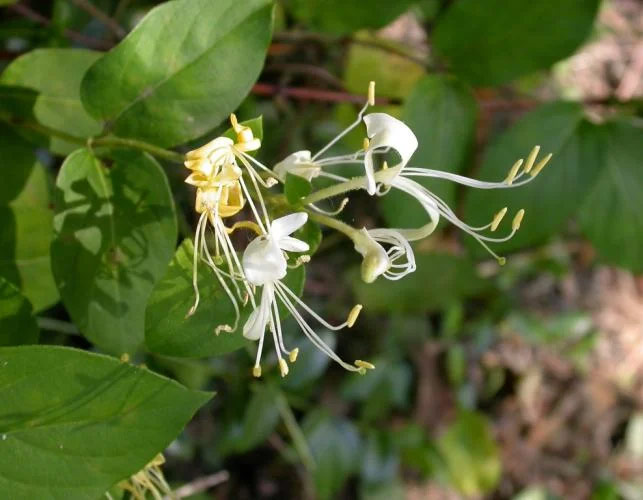
Japanese honeysuckle
The last category is weeds that have woody stems or branches and that usually don’t die back to the ground. Although a few are evergreens, most woody weeds drop their leaves in winter and regrow a new set the following spring on the existing branches.
Woody weeds can grow into short and squat bushes, twining or clinging vines, or into trees reaching 20 feet tall or more. Examples of woody weeds include autumn olive, Japanese barberry, Japanese honeysuckle, multiflora rose, Oriental bittersweet, poison ivy, porcelain berry, tree-of-heaven, and wild grapes.
Digging, cutting and/or spraying are the best options for controlling woody weeds. Herbicides are particularly effective in fall when the plants are attempting to store energy in their roots in preparation for winter.
Cut invasive shrubs and weedy vines in fall and winter. Most have lost their leaves by this time, making it easier to access them. As with tough perennials, repeated cutting, digging, and spraying might be needed to fully eliminate an established woody weed.